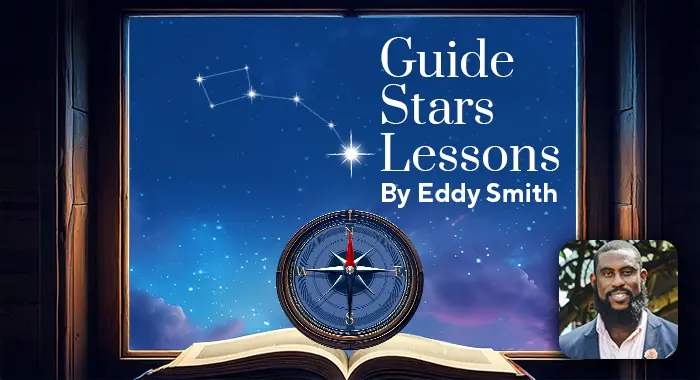Some myths are so deeply rooted in us that they survive even after history has proven them false. The myth of the lone hero is one of them. We cling to it because it flatters us, it whispers that greatness can be achieved in isolation, that our victories are ours alone. But in the debris of every fallen civilisation, in the archives of every enduring one, the truth is carved in stone: no one ever built anything that lasted by themselves.
Not the pyramids. Not the Great Wall. Not the Renaissance.
Behind every name we remember are countless others whose names we never knew, the hands that cut the stone, the minds that refined the design, the voices that kept the vision alive. Civilisation is not the work of a lone hand. It is the choreography of thousands moving as one.
The appeal of individualism is intoxicating. It gives the illusion of control. It feeds the ego’s hunger to be irreplaceable. Psychologists call this narrative bias, our need to see life as a story where we are the central character. But in the crucible of reality, the lone hero dissolves. The reason humanity survived predators, famine, and flood was not solitary brilliance, but the ability to coordinate, to pool skill and knowledge into something stronger than any one person could muster.
When that instinct is replaced by siloed ambition, institutions wither. Knowledge is hoarded, decisions are made in isolation, and resources are squandered on parallel efforts that could have been united. The organisation becomes a collection of individuals, not a living organism, and slowly, it dies from within.
Archaeology does not lie.
Rome’s 400,000 kilometres of roads were not the dream of one man, but the disciplined labour of generations who understood that their work was a link in a greater chain. The Incas carved an agricultural empire into the Andes through terrace farming and irrigation systems that required entire communities to work in synchrony. Great Zimbabwe’s walls, standing without mortar for centuries, were the result of a shared blueprint carried out with meticulous coordination.
Civilisations collapse when the will to work together erodes. The late Roman Empire did not fall solely to foreign armies… it corroded from inside as cooperation was replaced by personal fiefdoms and mutual suspicion. The Mayan city-states crumbled when rivalry outweighed the shared interest in survival. These were not sudden deaths. They were long illnesses brought on by the same disease: the primacy of self over the whole.
Our schools, hospitals, police stations, ministries, these are our modern aqueducts and city walls. They demand the same unity of purpose. Collaboration is not uniformity; it is disciplined harmony. An orchestra does not work because every musician plays the same note, but because each listens, adapts, and plays their part in service to the score.
When a department hoards resources, when one agency refuses to share a functioning system with another, when skilled people see gaps but choose silence to protect their own comfort, those are acts of sabotage, whether intended or not. They erode public trust, weaken national capacity, and turn potential into waste.
If collaboration is so essential, why do we resist it?
Because collaboration demands vulnerability. It means admitting you cannot win alone. It forces you to trust others and to share credit. It risks exposure of your weaknesses. In a world built on self-branding, these feel like threats.
But the greatest threat is refusing to let go of those fears. Self-protection at the expense of the whole is the surest way to ensure both fail. Strip away the ego and you will find a truth that humbles and frees: you are not diminished by strengthening the team, you are amplified. The mason who placed one perfect stone in Great Zimbabwe’s wall was still a master, but his work became immortal only because it became part of something larger.
The paradox is that the stronger the individual, the more powerful the collective, but only if that strength is shared. Self-mastery without collaboration is like a locked treasure chest; it serves no one, not even its owner. The value of your expertise lies not in its exclusivity, but in how it fortifies the structure around you.
That means building skills that cross boundaries, crediting others without insecurity, and confronting conflicts without allowing them to fracture the mission. In governance, in law, in economics, the most prosperous nations are not those with the most geniuses, but those that turn competence into coordinated action.
Every institution is a living thing. It inhales when ideas, skills, and resources flow freely between its people. It exhales when those efforts become results the whole community can see. But when enough of us decide to hold our breath… to keep our knowledge, our help, our commitment locked inside, the institution begins to suffocate.
You can be the reason it draws its next breath. Not by chasing credit, but by doing the work that keeps it alive and credible. Strong institutions are not built on slogans or policies alone, but on the the efforts of people who refuse to let the structure weaken on their watch.
When your time inside is over, the question will be simple: did the institution stand stronger because you were part of it?



